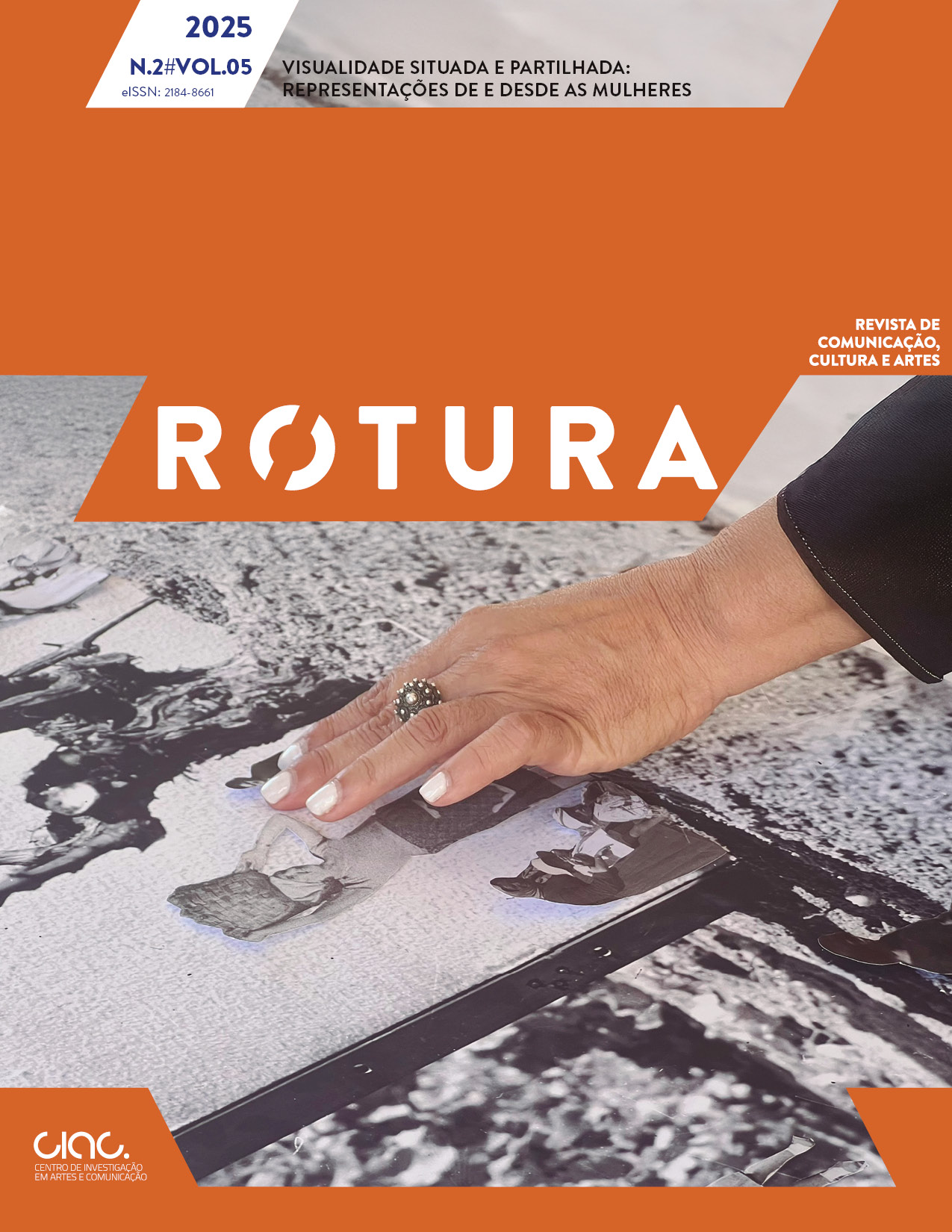Discursivities of empowerment, marginal women’s agency, and psychogeography of madrasa
Resumo
This article aligns with James Sidaway’s focus on the psychogeographical connections between landscape and narrative in rural communities, using the lived experiences of poor Muslim women at a Malaysian, non-city madrasa as an example. Psychogeography is defined as a creative method for reimagining places beyond conventional views. In this article, place-based, narrative rich model serves as the analytical lens to show how women gain strength through writing narratives about their peripheralized madrasa. While generally seen as centers of worship and Islamic education, these places rely on donor support for their survival. Typically located in countryside areas, non-urban Muslim places of faith reveal the interplay between human communities and their natural environments. Through these peripheral women’s personal narratives, this article firstly argues that their writings exemplify women’s spectrum of emotions, from fear, disorientation, and discomfort to solace, security, and contentment, reflecting elevated mental and emotional perceptions of the center of faith. This raises consciousness on their agency despite material and financial restrictions placed on them. Secondly, through this place and perception tracing, their experiences might better be interpreted as a symbolic reimagining of the places of faith, prompting the proposal of a new theoretical model: the psychogeography of madrasa by marginal women. By analyzing these first-hand narratives, interpretations, and lived realities within de-urbanized settings, this article challenges simplistic, often reductive depictions of women in Islamic faith-based places. Rather than reinforcing stereotypes of women in madrassas as alienated or victims of violence as reported by many Malaysian news accounts, it demonstrates how the theoretical model fosters a panoptic vision, one that shapes, permeates, and sustains social bonds with one another, nurturing collective women’s unity and active participation. Therefore, the proposed theory concerning the displaced women offers a counter-narrative, illustrating women’s discursivities of empowerment who draw strength not from volatile sufferings, but from communal harmony and collective women’s experiences.
Downloads
Direitos de Autor (c) 2025 Mohd Muzhafar Idrus, Normazla Ahmad Mahir, Norhaili Massari, Habibah Ismail

This work is licensed under a Creative Commons Attribution-NonCommercial-NoDerivatives 4.0 International License.
Artigo aceite em 2025-07-16
Artigo publicado em 2025-09-29


















